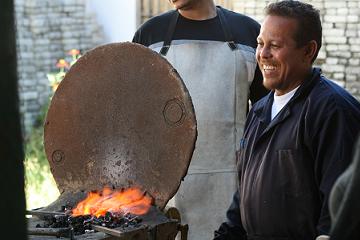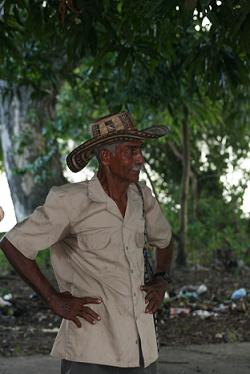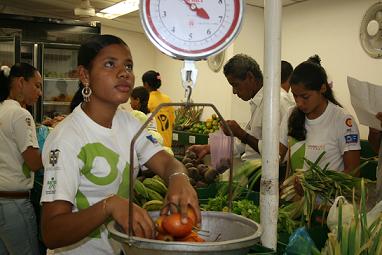A student at Escuela Taller’s forge
Mompox, Colombia may be a UNESCO World Heritage site, but if you stopped for a short visit, you’d hardly know it. Located on the banks of the Magdalena River, Mompox is geographically isolated, and for the rest of Colombia–especially the government, Mompox is out of sight, out of mind.





